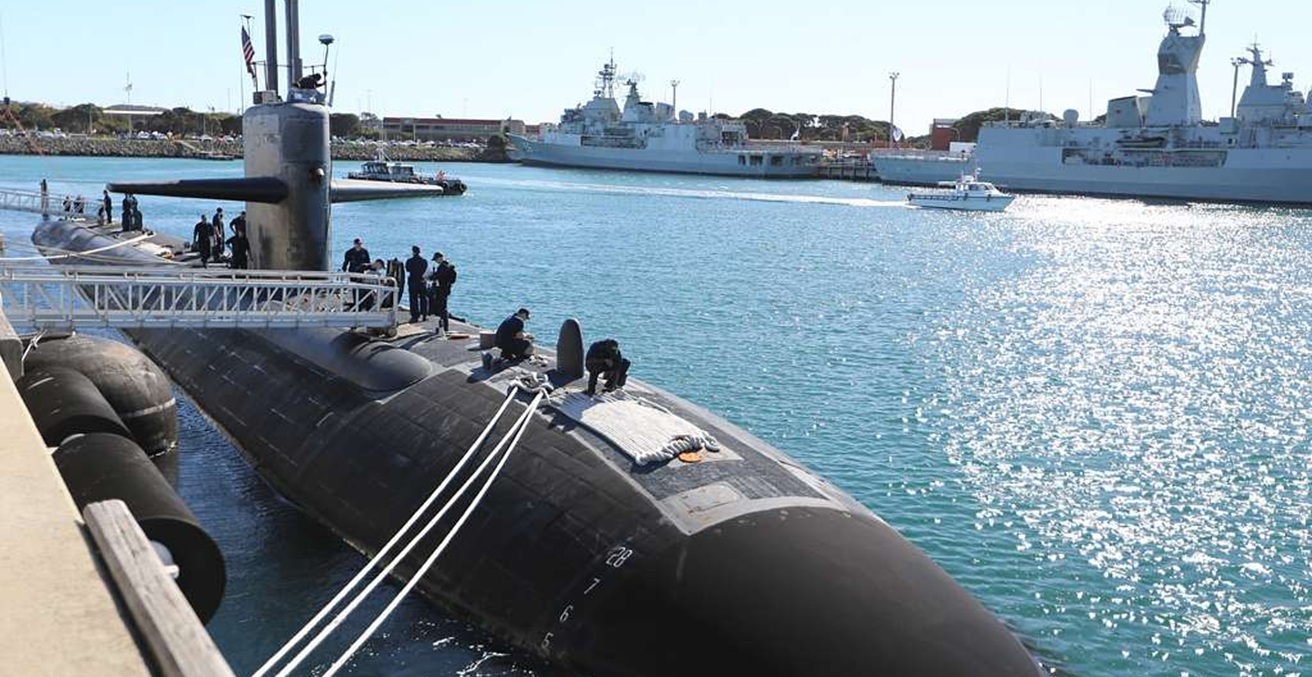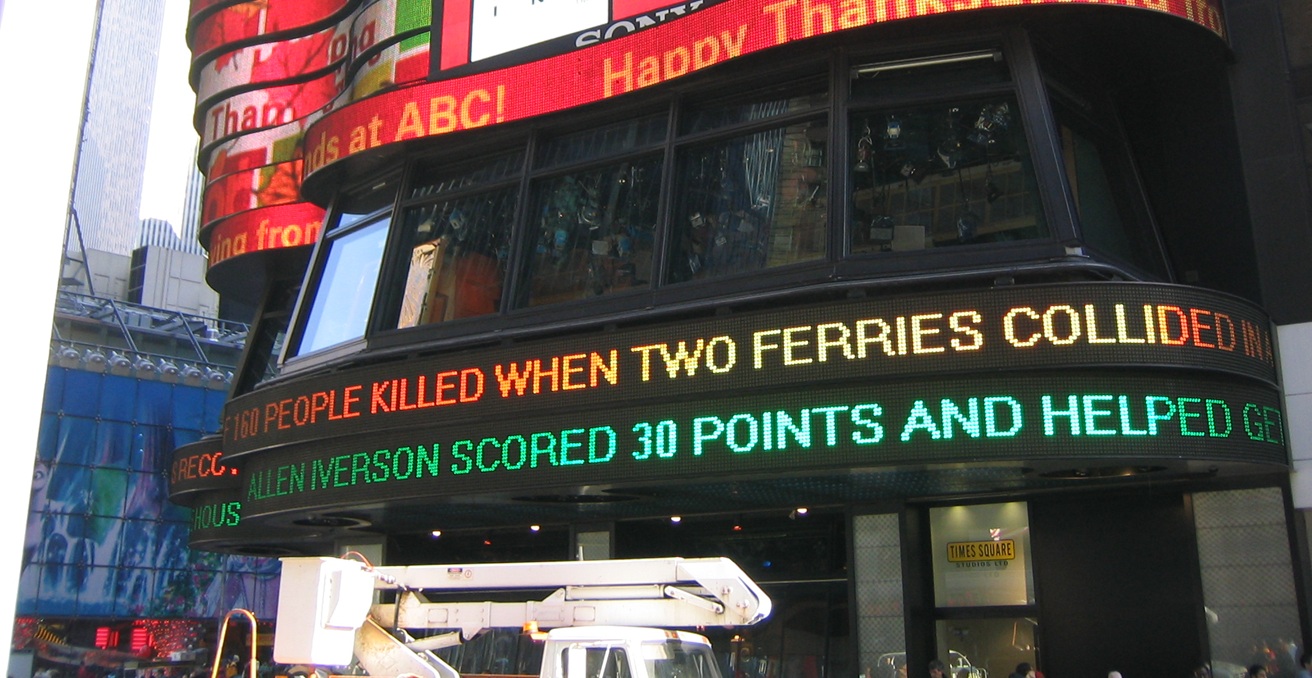Amid rising threats to civil liberties worldwide, the rise of fascism, and over 100 armed conflicts currently underway, what should hold our gaze and precipitate deep reflection this International Women’s Day? What does peace really mean?
Currently, 600 million women and girls are struggling for peace in conflict zones around the world. Of 108.4 million refugees worldwide, 43.3 million are children. In the Congo, and in ten other countries faring worst on the women, peace and security index, one in five women have experienced “recent intimate partner violence, 6…in 10 live in proximity to conflict, and the maternal death rate is approximately 540 per 100,000 live births, double the global average.”
In Sudan, 25 million people (including 14 million children), are in dire need of aid due to ongoing military conflict between the Sudanese Armed Forces and the Rapid Support Forces since April 2023. With 17.7 million people forcibly displaced, over 4.9 million people’s food insecurity has reached emergency levels, while 12.8 million people are at crisis level, alongside increasing sexual violence. As of mid-December 2023, at least 30 percent of those displaced to Chad and Ethiopia were subject to sexual violence, mostly women and some children, with little or no access to medical treatment.
Women, constituting half of the world’s 476.6 million Indigenous population, are also three times more likely to experience sexual violence than non-indigenous women. The number of missing and murdered Indigenous women continues to rise. In 2023, 84 percent of women and 82 percent of men reported experiencing violent victimisation in their lifetime. Of 10,123 missing Native Americans (highest, as percentage of US population), 54 percent were female and 68 percent children.
In addition to civil liberties, freedoms of individual and collective expression, and access to civic space is rapidly decreasing; press freedoms are also declining for 85 percent of the world’s population. Within this context of devolving democracies and rising autocracies, cis- and transwomen are leading movements to create and maintain peaceful societies. This is not incidental. It’s intentional, as women bear a higher proportion of environmental and social burdens. Facing greater risk of violence both within and outside conflict zones, women are leading rights and justice movements in gender, health, land, climate, food, labour, and more.
While the violence of heteropatriarchy is a key driver of women’s mobilisations for peace, experience-based understanding of how it interacts and co-exists with, and shapes other root causes of violence informs much feminist activism and social change. For instance, sustained advocacy about how gender shapes militarism has shown how sexual and gender-based violence remain active tools of war. Informed by grassroots movements, feminist scholarship highlighting prevailing links between conflict and women’s unfreedoms and insecurity has also contributed to establishing legal recourse and institutional pathways to address women’s specific needs and challenges.
For instance, United Nations Security Council Resolution (UNSCR) 1325, adopted in 2000, recognises women’s diverse contributions towards peace-building and peace-keeping in pre- post- and conflict situations, women’s specific experiences of violence and insecurity in conflict zones, and the critical need for women’s inclusion in formal peace processes. Research shows that peace agreements are 35 percent more likely to hold for 15 years or longer when women are included. Yet, in 2022, only one out of 18 peace agreements included women’s groups.
However, women’s peace movements aren’t just about ending wars and violence against women. They work to create peaceful and thriving communities that value all genders equally. Gender justice is essential because all forms of oppression and liberation are deeply interconnected and cannot be addressed individually.
To understand peace, we have to understand the root causes of violence – the interplay of capitalism, colonialism, militarism, racism and heteropatriarchy, and its intersectional impacts on our shared living world. Together, they have shaped our past, present, and future social, political, spiritual, and ecological lives. Some call this assemblage of forces “extractivism” (extractivismo in Latin America) — referring to ongoing colonial practices of extracting resources, labour, land, and knowledge from controlled territories to support the growth of centres of imperial power.
Active violence and extractivism are evident in many parts of the world today — including in Palestine, Kashmir, and the Congo. Recently, US Secretary of Defense Lloyd Austin said that 25,000 women and children have been killed in Gaza, and that the US had supplied around 21,000 rounds of precision munition to Israel, since October 2023. In addition, rising rates of malnutrition-related deaths and the scant airdropping of food amid forced famine continue to disproportionately impact women, complicating the coworking of the military industrial complex and colonial power even further.
Indigenous women, who intimately and disproportionately experience extractivist violence, have developed a shared complex understanding of peace-making/keeping that underpins several contemporary liberation movements. As they continue to remind us, we cannot have peace without an interconnected understanding of each other, the living world including the earth and the cosmos, and our relationship with other living beings and the spiritual realm. This is why peace work today is also the work of climate justice and equity.
This interconnected approach highlights women’s pivotal role as leaders, warriors, revolutionary thinkers, and boundary-crossers in creating and maintaining peaceful relationships and communities through sustained actions that meet everyday needs and challenges necessary for liberatory coexistence. While it isn’t possible to capture the full spectrum of contributions here, what critical lessons can we learn?
One lesson is that everything is connected — gun violence, police brutality, global militarism, legal and illegal arms sales, human trafficking, sexual and gender-based violence, dispossession, erosion of food, land and climate sovereignty, and planetary health. Another is that the road to peace is paved by those who are actively engaged in building stronger communities that are more closely connected to one another, other living beings, and the planet. As Gillian Chinzete, a feminist peace activist serving as the Community Engagement Specialist at the Zimbabwe Human Rights Association says, “peace in our language Shona is Runyararo. It means the absence of violence, availability of affordable basic commodities, economic resources, and social services.”
56 percent of Zimbabwe’s population are women. Despite all the work done by women’s movements to allocate 30 percent of local government seats to women and deploy UNSCR 1325, women are still excluded from decision-making processes. This problem plays out in many areas. Chinzete says, “we are struggling to figure out how we fit in as women and how we can move from advocacy to action.”
With climate change, the impacts on women are even greater. Many women are primary providers in their family. They are likely to be poorer, few are employed, and even fewer own land. Relying on small-scale chemical-intensive farming of groundnuts and other small grains, they harvest about 50 kilograms per season, which cannot sustain an average family for the year. In addition, with little rain and a predicted drought, women face extreme food insecurity, increasing the risk of domestic violence, which happens when food is scarce. “Women’s mental health and physical health are also affected because they eat less, have to go further to get water and other supplies, and are depressed, unable to care for themselves and their families.”
Chinzete says the growing of drought resistant native small grains, such as mupunga (brown rice), zviyo (millet), mapfunde (sorghum), and rapoko can yield more with the use of organic manure and ash, which can serve as a natural pesticide. This is one pathway for peace that could mitigate women’s insecurity and violence in a multitude of ways, especially given the context of rapid and unpredictable climate change. With food being used as a weapon of war at this very moment in Palestine, Sudan, and the Congo, charting a path towards food sovereignty has never been more critical or necessary and not just for those in war zones, but also for those embattling nutritional poverty in wealthy countries worldwide.
Starting from women’s lives and understanding how gender mediates our relationship to each other, to place, and the planet is critical to sustaining peace today and in the future. As Gillian and other Indigenous activists continue to remind us, it is only by listening carefully to women and actively supporting care-centering leadership can we create a peaceful planet that is nourishing for us all – because we can only be free when we are all free, and life without freedom is life without peace.
Padini Nirmal is an artist and educator working at the intersection of gender, ecology, Indigeneity, peace and health. As a liberation practitioner, her art practice is intertwined with her work supporting and building social justice organizations, communities and movements. She can be reached at padinin@gmail.com
This article is published under a Creative Commons Licence and may be republished with attribution.




